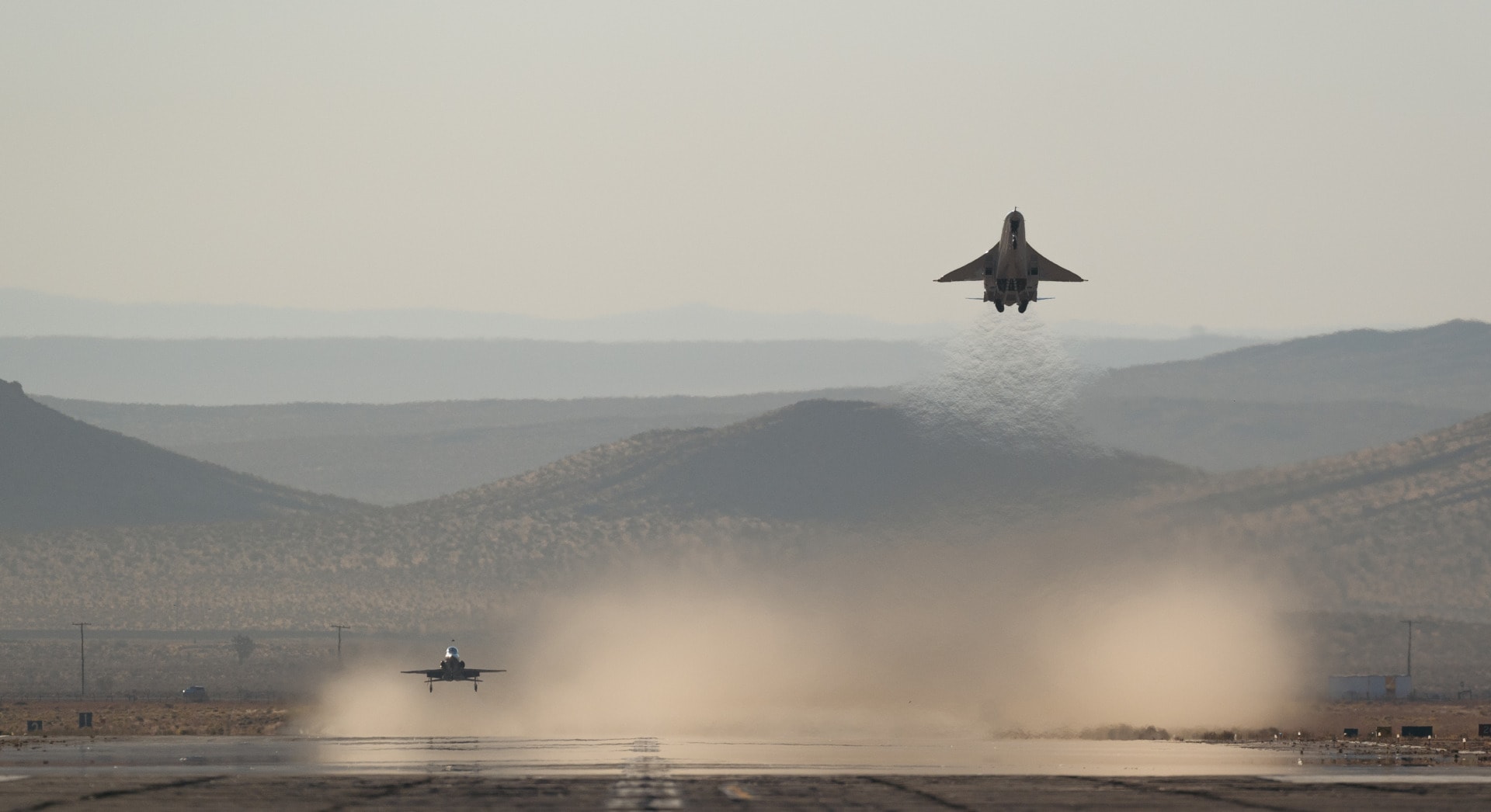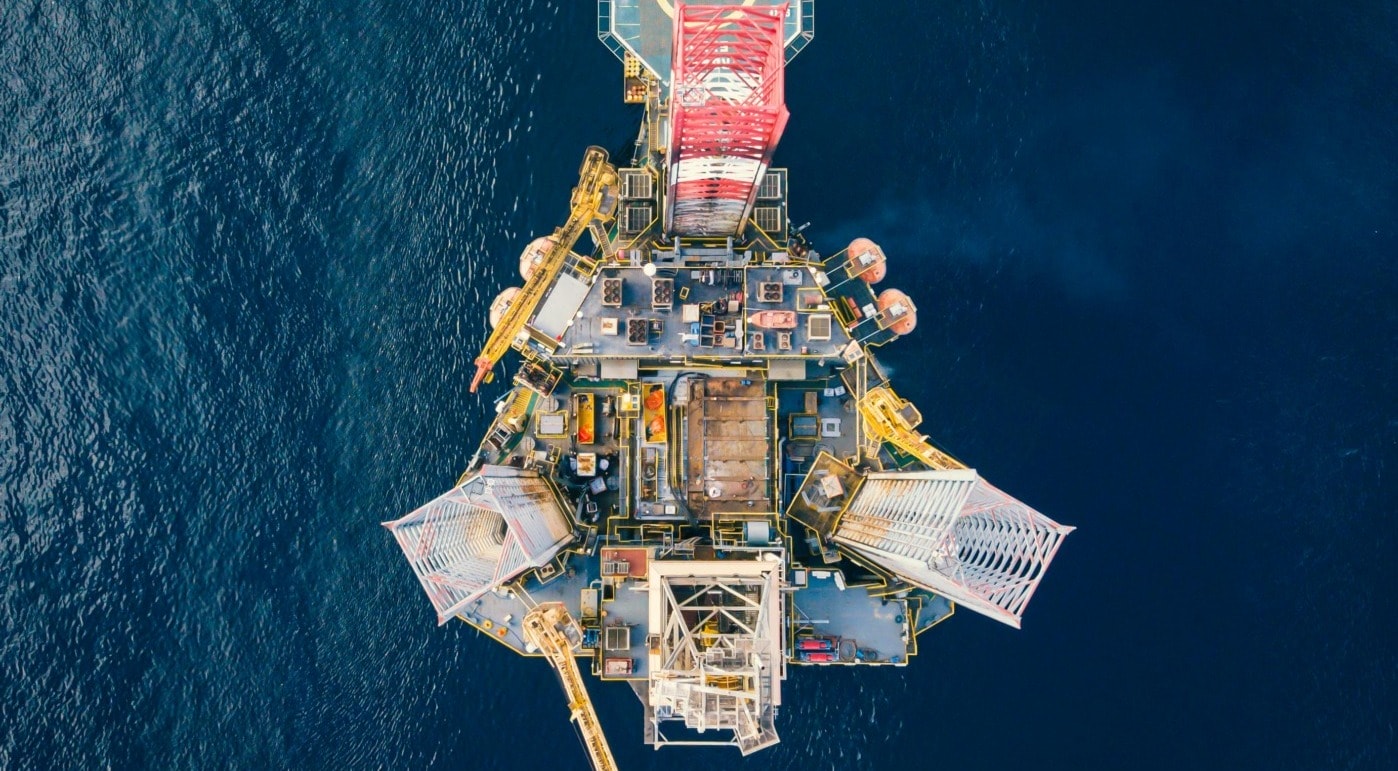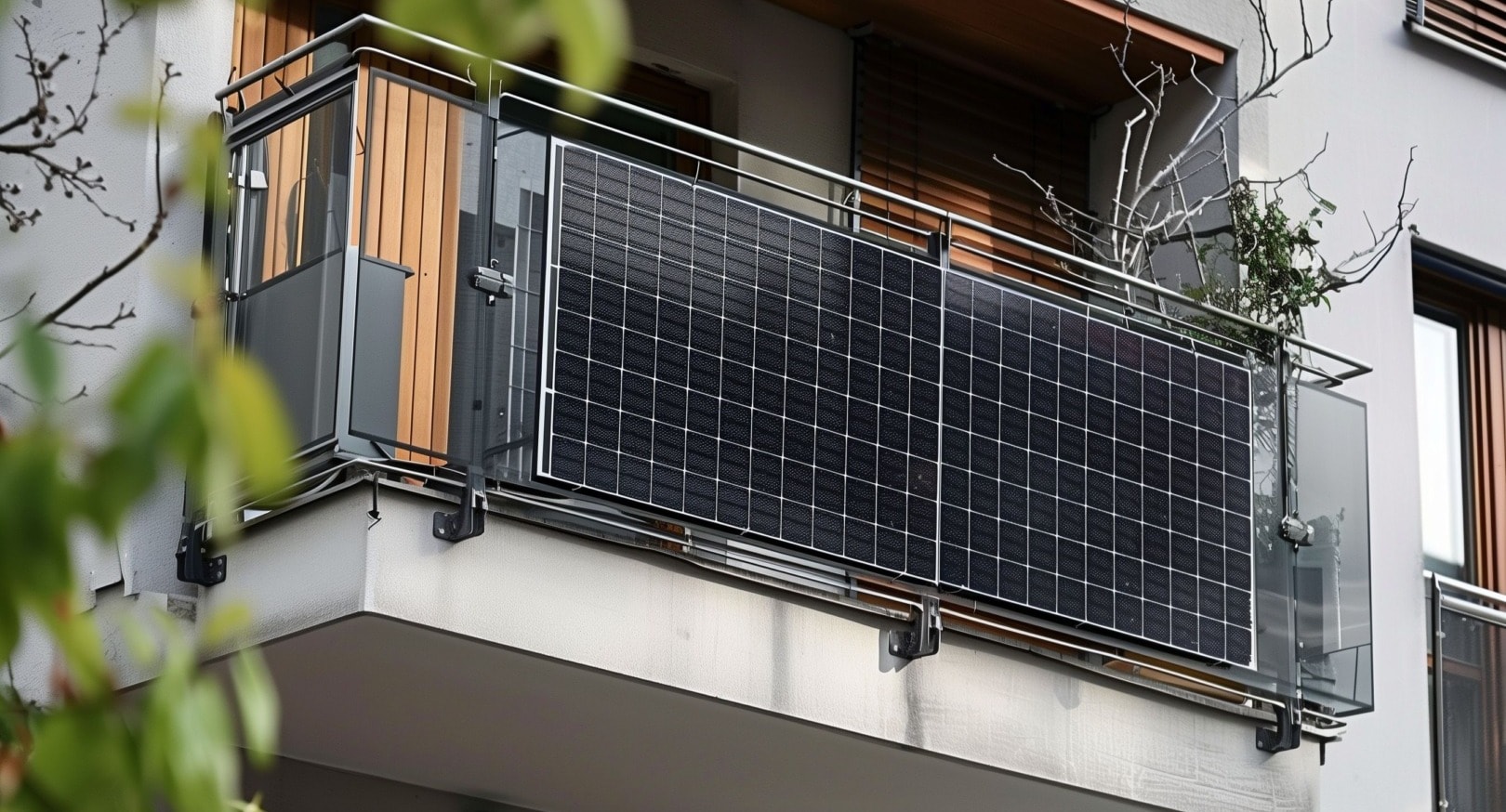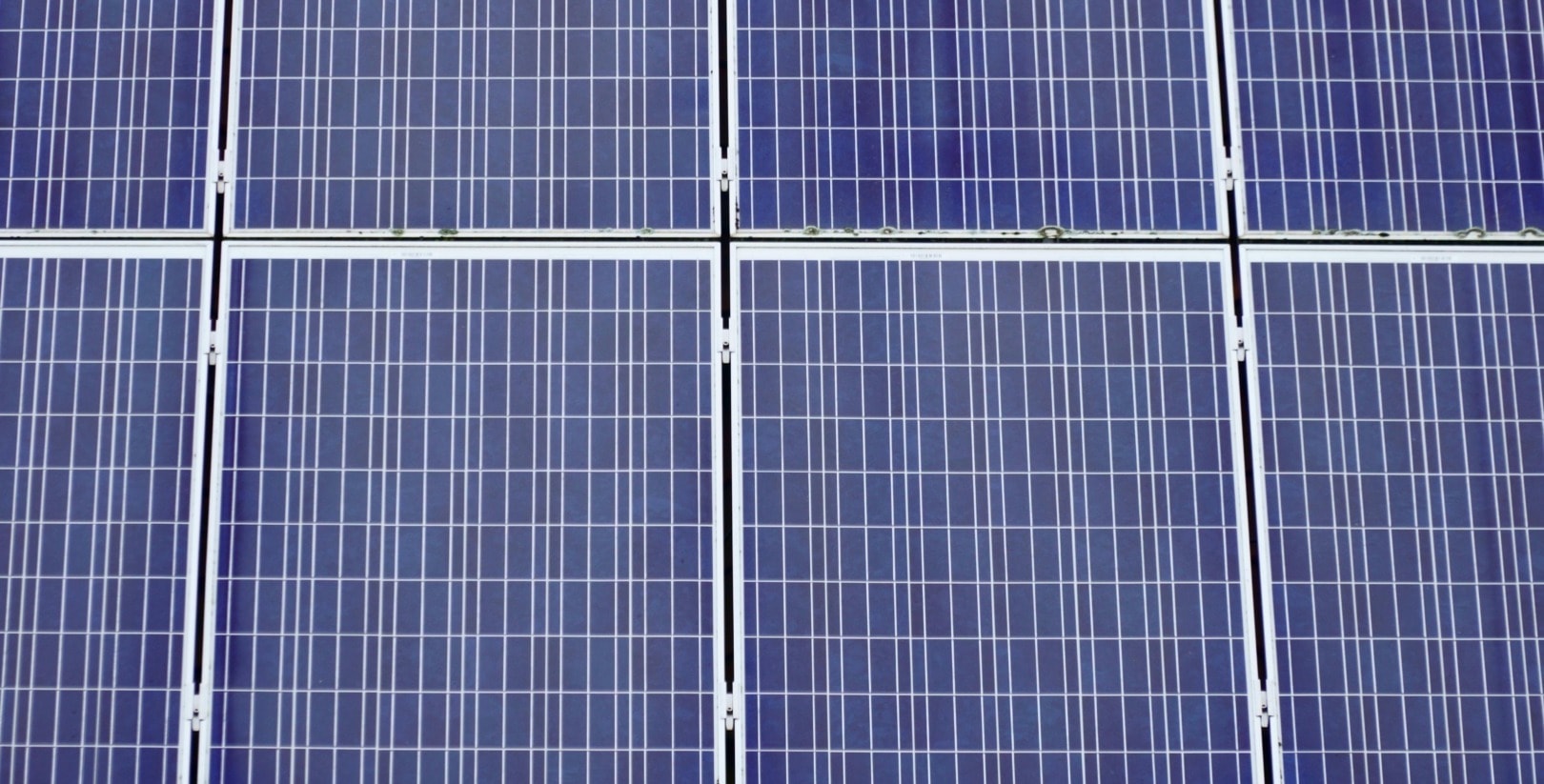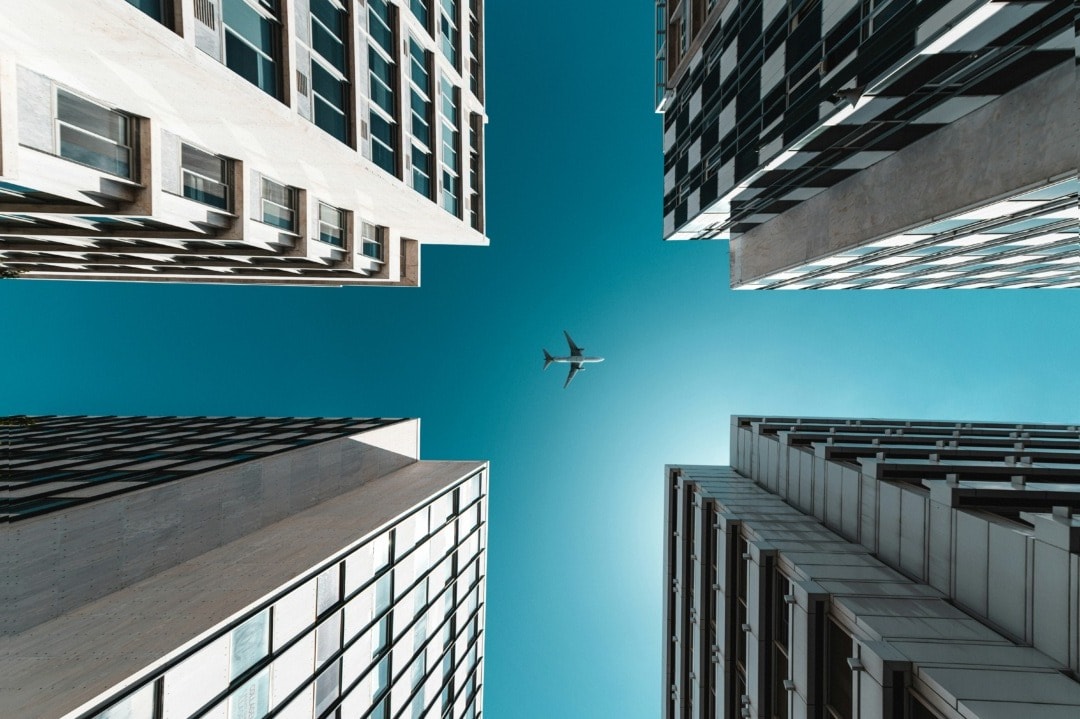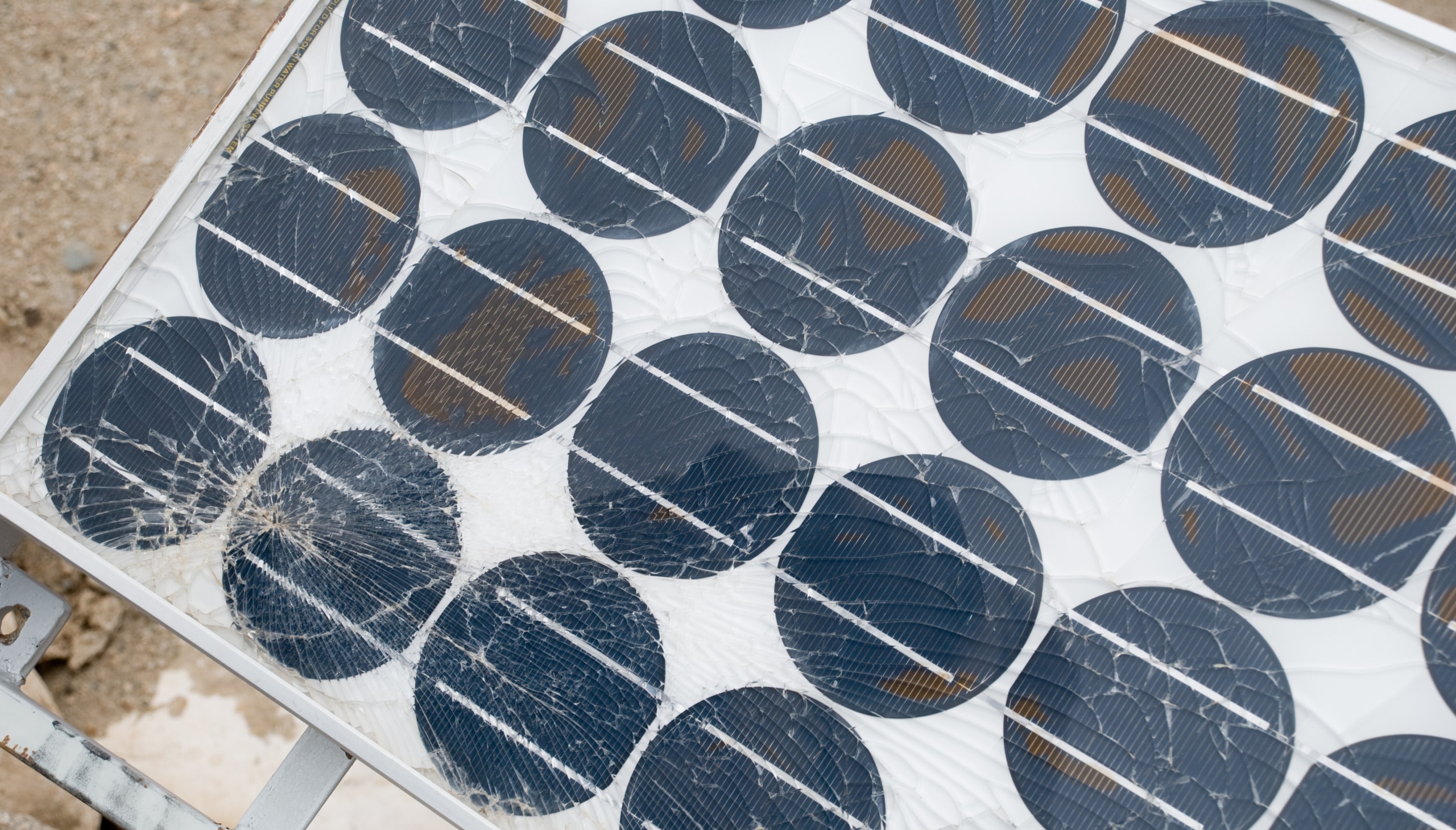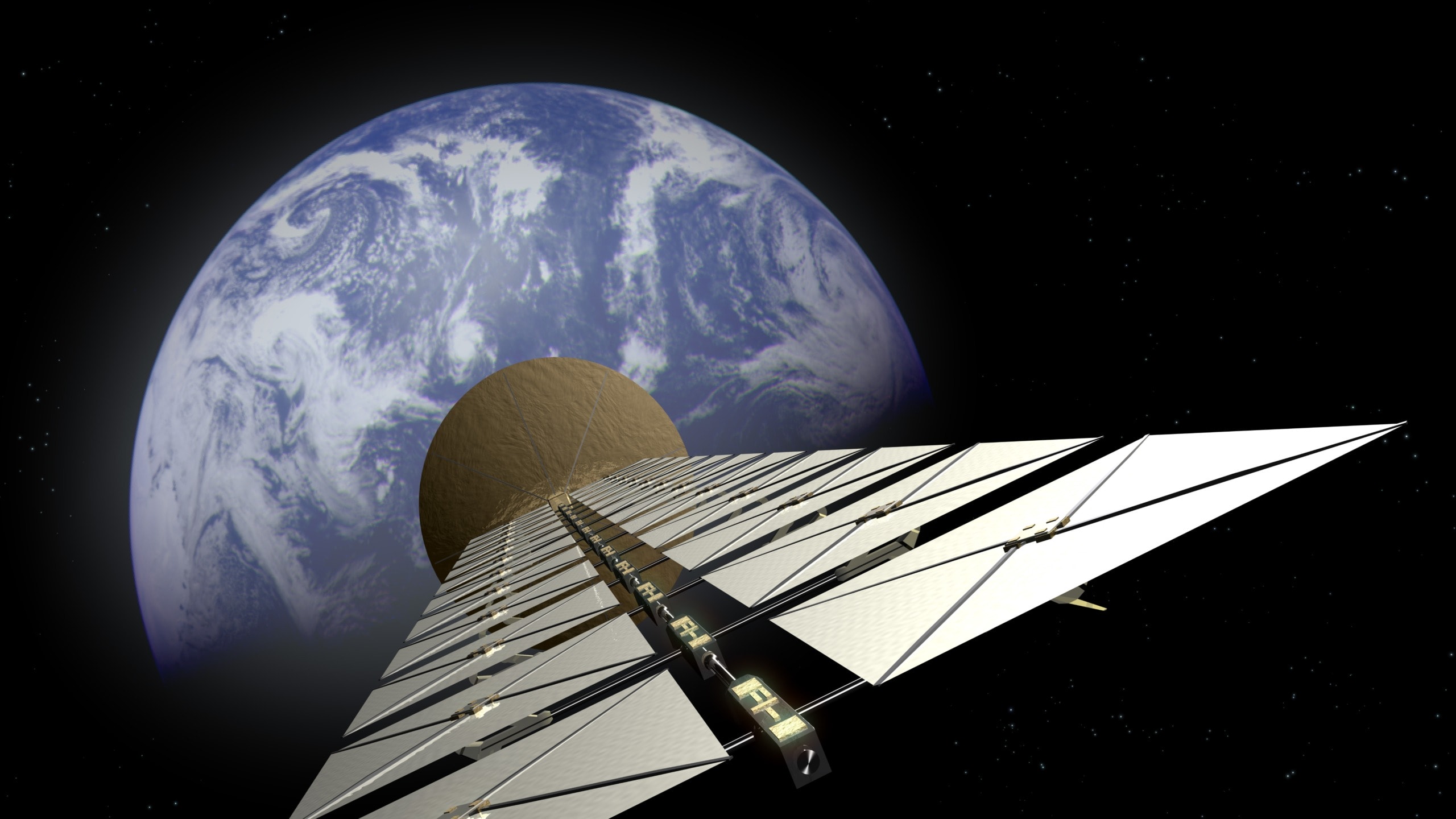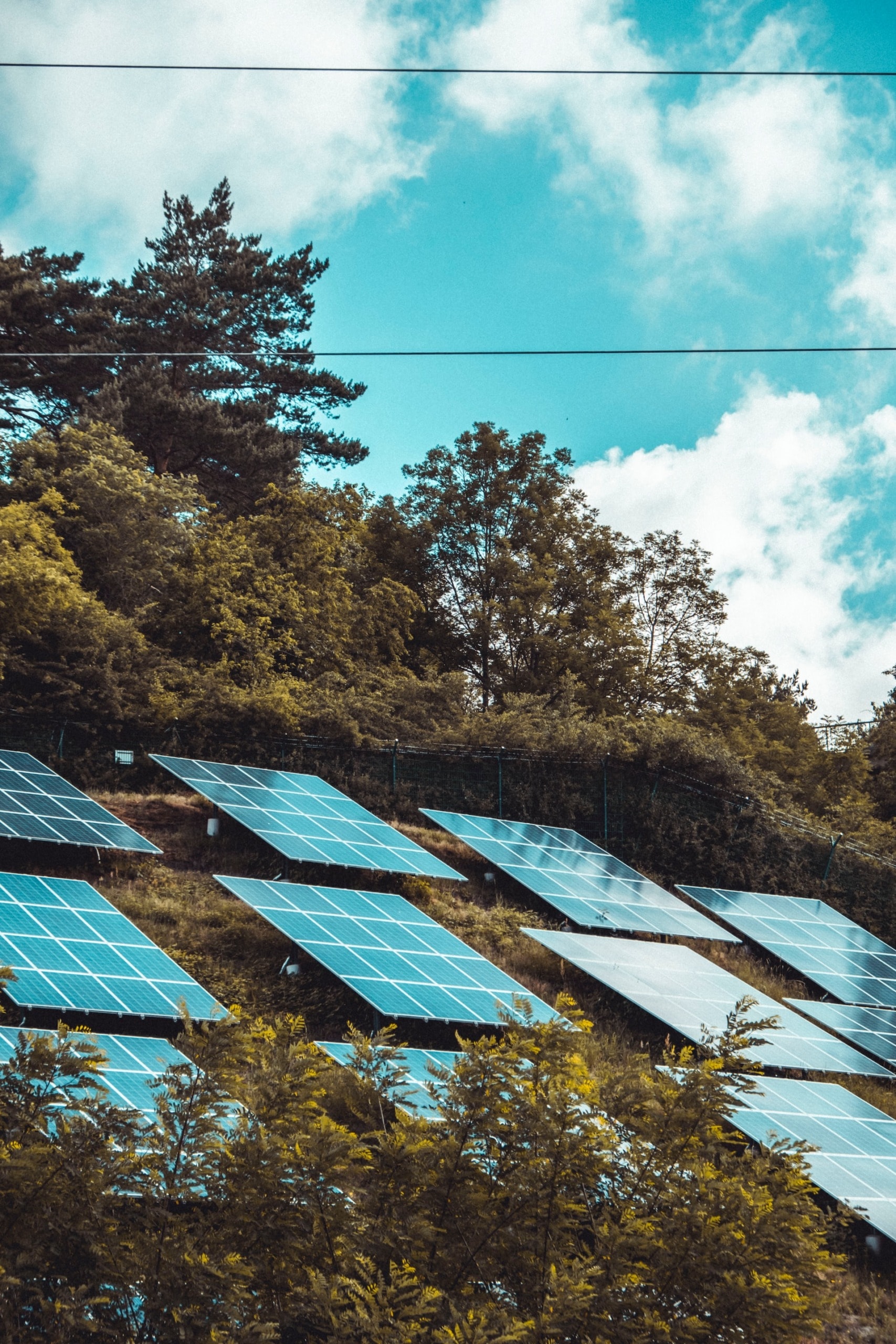It is a very exciting time for aviation: companies and innovators are working to deliver the next generation of aircraft which need to be built with a strong focus on sustainability as the global emissions of aviation are very relevant considering the global emissions of our planet. Eric Raymond is one of these innovators: his company, Solar Flight, has created solar panels powered planes and he is working to build even larger ones of those.
We have reached to Eric Raymond to ask some questions about his company and to find out if and when larger planes will be powered by solar panels.
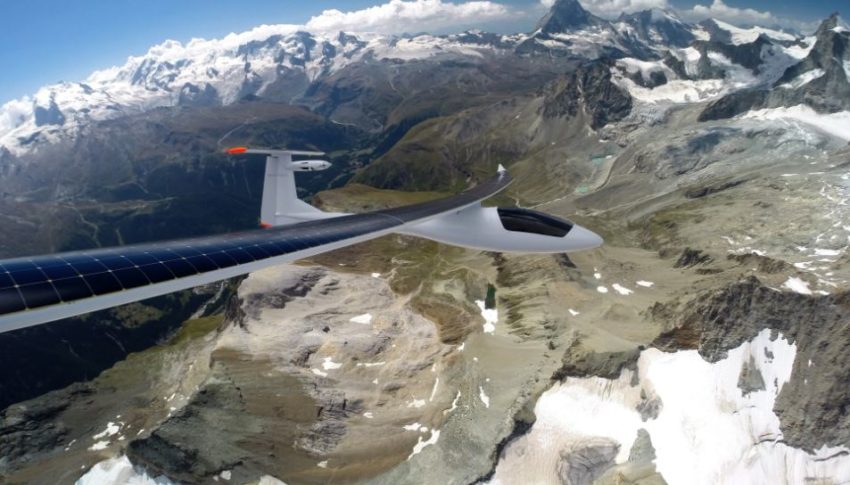
The design and technology of your aircraft are quite innovative. Would you like to share with our readers what are the most interesting features of them?
Eric Raymond: In order to fly a practical airplane on electric power, everything needs to be optimized for best efficiency:
- Optimized structure for best strength to weight ratio: We are mostly using material as carbon fiber pre-preg, Nomex honeycomb, titanium and aluminum.
- Optimized aerodynamics for lowest drag minimizes power required to fly. Long wings are required for this, as in the case of all long-distance aircraft.
- Optimized electric system, brush-less motor with large, slow turning propeller.
- High voltage for minimum losses, and less conductor weight. 360 volts in the case of the Sunseeker Duo.
- Very quiet and comfortable cockpit environment, thanks to the motor being mounted far behind the people. Dark tint on the bubble canopy allows excellent views without getting too hot inside, and large windows that can be opened in flight.
Rather than starting with a conventional aircraft design and trying to make it lighter and more efficient, my starting point was the most efficient pedal powered airplane, which I flew using only 250 watts of muscle power. It was easier to upscale that than to go the other direction.

How complicated has been the process of designing a solar powered plane? How the project has evolved throughout the years?
E. R. : Very complicated, but now I have a formula that works for any size aircraft under average daytime conditions. The very first solar powered aircraft flew on direct solar power, without any batteries, but they could only take off in perfect conditions at mid-day. (about 1980)
By 1986 I decided to try with a small battery pack that would allow taking off in any light condition, and then sustain level flight on direct solar power. Or to turn off the motor and soar like a glider which is recharging the batteries. That arrangement has become standard with all solar powered aircraft, as the batteries have been improving steadily.
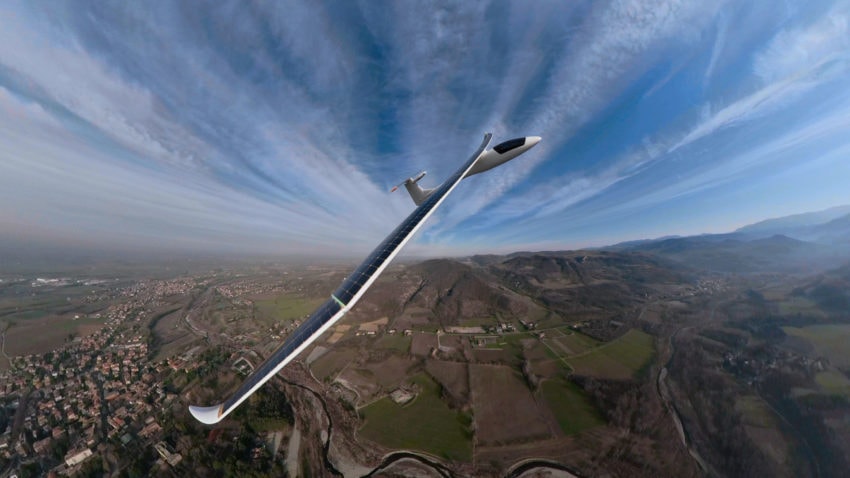
What are the advantages and challenges related to using solar power? How much energy can you generate?
E. R. : Advantage is zero maintenance free electricity. Challenge is being able to fly on very low power. This limits speed and carrying capability
About 220 watts per square meter of available area. (wing and tail) . 4 – 5 kW typically on our two seat Sunseeker Duo, which is enough for level flight.

What are your thoughts about sustainable aviation? What do you think needs to be done to improve aviation global sustainability?
E. R. : As the battery and other technologies improve, more and more types of electric aircraft are possible.
We need to get past the experimental stage into series production. That requires funding from investors or governments willing to take the long view regarding the inevitability of electric aviation.
In the cover picture: Solar Flight’s Sunseeker Duo. Photo Credit: Solar Flight
EDITOR’S NOTE: The opinions expressed here by Impakter.com columnists are their own, not those of Impakter.com.




